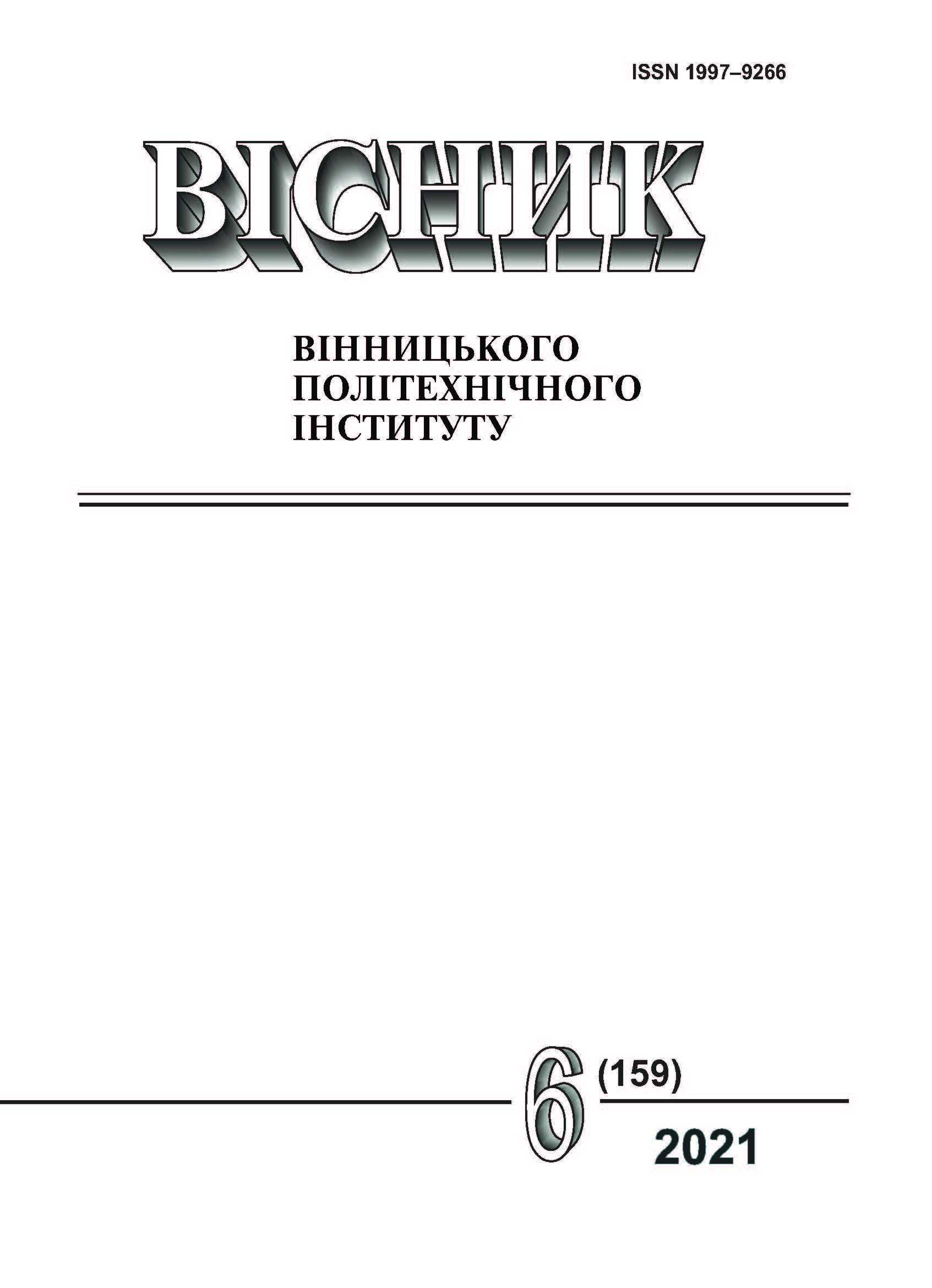Models of Reactive Power Compensation in Electrical Networks on the Basis of Spatial-Temporal Decomposition
DOI:
https://doi.org/10.31649/1997-9266-2021-159-6-77-81Keywords:
reactive power, electric network, space-time decomposition, reactive power compensationAbstract
According to the directives on the calculation of reactive power compensation (RPC) in electrical networks, its calculation is based on solving the problem simultaneously for the entire electrical network. This approach encourages the division of the electrical network in the optimization of reactive power flows into parts (spatial decomposition of the electrical network), as well as the phased implementation of compensating installations (temporal decomposition of the implementation process CI). Spatial decomposition is performed on the basis of the division of the function of losses created by the reactive load of one node into own and total losses, which simplifies this calculation. Temporary decomposition is based on the division of the loss function in the establishment of CI on: reduction of losses at this stage of implementation of these installations and in subsequent stages. This makes it possible to carry out a phased calculation of RPC. Obviously, whatever the state of the network as a result of the previous steps of the CI implementation, we must choose the implementation in the next step so that it, together with the implementation in all subsequent steps provides the maximum reduction of losses during the implementation period. This shows the independence of the establishment of the CI at each stage and, accordingly, the temporal decomposition of the process of implementation of the CI. Thus, the values of the capacities of the CI, which provide the maximum reduction of losses at one stage of their implementation, do not depend on the reactive loads and network parameters of other stages. The conducted researches allow to draw the following conclusions: a) the optimal reactive flows of separate lines of networks do not depend on reactive loadings of other lines that gives the chance to carry out spatial decomposition of these networks; b) the values of CI capacities, which provide the maximum reduction of power losses in the electrical network at one stage of CI implementation, do not depend on reactive loads and network parameters of other stages, which allows temporary decomposition of this implementation.
References
Міністерство палива та енергетики України, Методика визначення економічно доцільних обсягів компенсації реактивної енергії, яка перетікає між електричними мережами електропередавальної організації та споживача (основного споживача та субспоживача), Затверджено наказом № 1 від 05.01.2006 р.
Н. А. Мельников, Электрические сети и системы. Москва: Энергия, 1969.
Н. А. Мельников, Матричный метод анализа электрических цепей. Москва: Энергия, 1972.
Ю. С. Железко, Компенсация реактивной мощности в сложных электрических системах. Москва: Энергоиздат, 1981.
О. Д. Демов, Оптимізація процесу впровадження компенсувальних установок в розподільних електричних мережах енергопостачальних компаній, моногр. Вінниця, Україна: ВНТУ, 2016.
Е. С. Вентцель, Исследование операций: задачи, принципы, методология. Москва: Наука, 1988.
Downloads
-
PDF (Українська)
Downloads: 143
Published
How to Cite
Issue
Section
License

This work is licensed under a Creative Commons Attribution 4.0 International License.
Authors who publish with this journal agree to the following terms:
- Authors retain copyright and grant the journal right of first publication.
- Authors are able to enter into separate, additional contractual arrangements for the non-exclusive distribution of the journal's published version of the work (e.g., post it to an institutional repository or publish it in a book), with an acknowledgment of its initial publication in this journal.
- Authors are permitted and encouraged to post their work online (e.g., in institutional repositories or on their website) prior to and during the submission process, as it can lead to productive exchanges, as well as earlier and greater citation of published work (See The Effect of Open Access).





